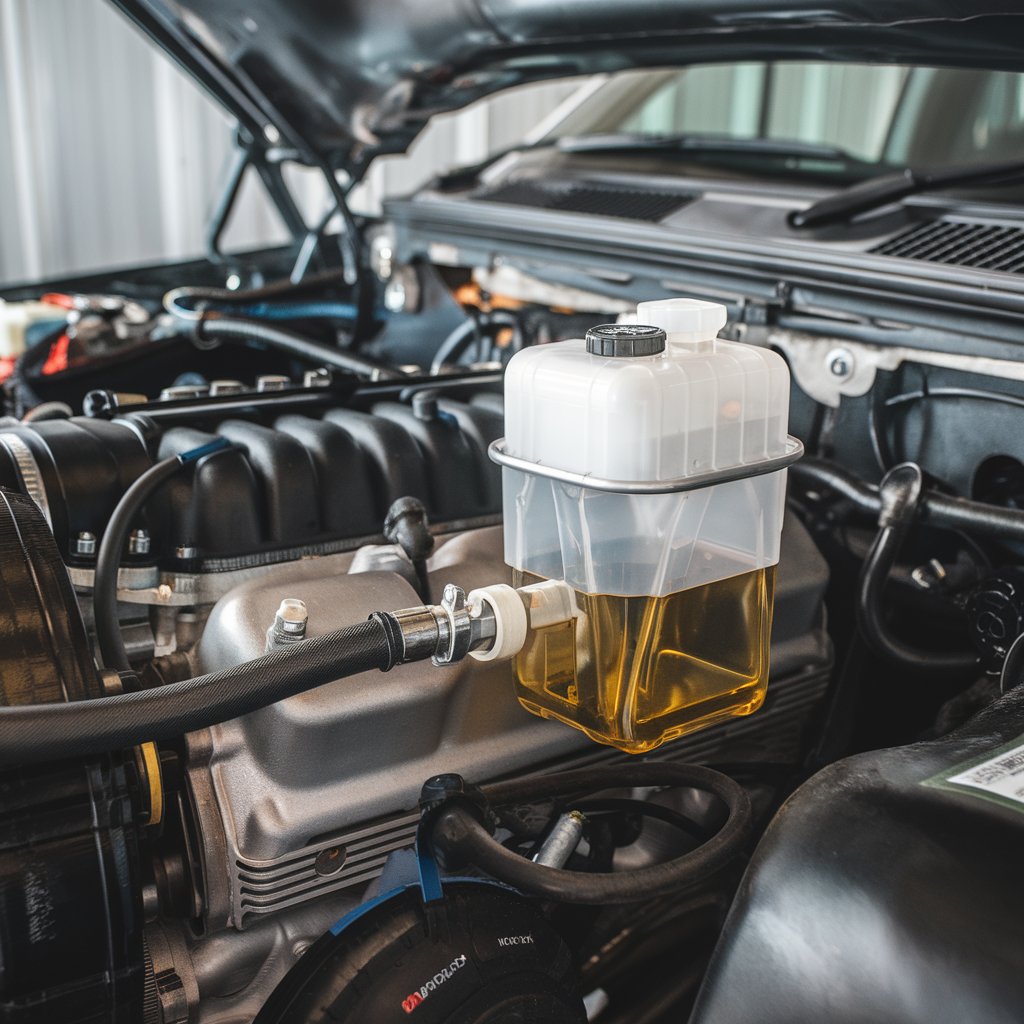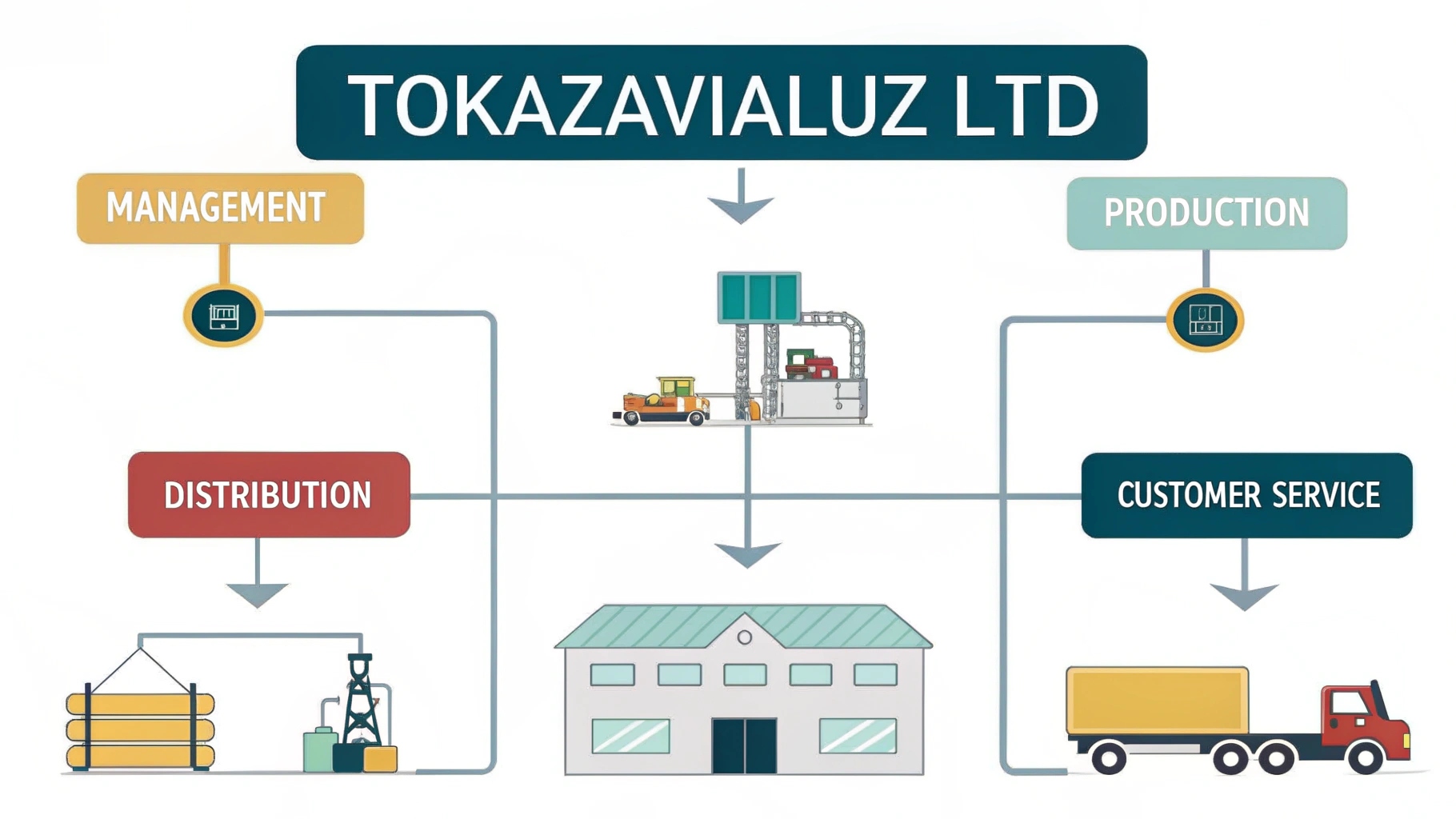If you own a 2007 Ford F150 with a 5.4L Triton engine, you probably know how important it is to keep your engine running smoothly. One of the best ways to do that is by installing a PCV Oil Catch Can. This simple device can help protect your engine from harmful oil blow-by and keep your truck running like new for years to come. In this guide, we’ll explore everything you need to know about the PCV oil catch can for the 2007 Ford F150 5.4L Triton, how it works, why you need it, and how to install it.
What Is a PCV Oil Catch Can?
A PCV oil catch can is a small container designed to trap oil vapors and other contaminants before they can enter your engine’s intake system. It works in conjunction with your truck’s PCV (Positive Crankcase Ventilation) system, which vents crankcase gases back into the intake manifold. Over time, these gases carry oil vapors that can coat the inside of your intake manifold, throttle body, and even your engine’s cylinders.
Installing an oil catch can in the system captures these harmful contaminants, preventing them from entering the engine and causing problems like carbon buildup, reduced fuel efficiency, and decreased engine performance.
Why Is the PCV Oil Catch Can be Important for the 2007 Ford F150 5.4L Triton?
The 2007 Ford F150 5.4L Triton engine is known for its durability, but it’s not immune to the issues caused by oil blow-by. Over time, the oil that gets past the PCV system can build up in the intake manifold, causing problems like:
- Carbon buildup on intake valves.
- Reduced engine performance and fuel economy.
- Dirty throttle body, which can lead to hesitation or rough idling.
- Engine knocking or pinging due to pre-detonation caused by oil contamination.
By installing a PCV oil catch can, you can avoid these issues and extend the life of your engine.
How Does the PCV System Work on the 2007 Ford F150 5.4L Triton?
The PCV system in the 2007 Ford F150 5.4L Triton engine is designed to remove gases that build up in the crankcase and reroute them back into the intake manifold to be burned off in the combustion process. However, these gases often carry oil vapors, which can lead to buildup in the intake system over time.
This is where the PCV oil catch can comes in. It acts as a filter that catches the oil vapors before they can enter the intake system. The result is a cleaner engine, less maintenance, and improved overall performance.
Benefits of Installing a PCV Oil Catch Can on Your 2007 Ford F150 5.4L Triton
Installing a PCV oil catch can on your 2007 Ford F150 5.4L Triton engine comes with a range of benefits:
- Prevents carbon buildup: Oil vapors are a primary cause of carbon buildup on intake valves, which can reduce engine performance. A catch can helps prevent this buildup.
- Improves engine performance: By keeping the intake system clean, a catch can help maintain optimal engine performance.
- Increases fuel efficiency: When your intake system is clean, your engine runs more efficiently, leading to better gas mileage.
- Extends engine life: Reducing the amount of oil entering the intake system reduces wear and tear on your engine, potentially extending its lifespan.
- Reduces maintenance costs: With less carbon buildup and a cleaner engine, you’ll spend less on maintenance and repairs.
How to Choose the Right PCV Oil Catch Can for Your 2007 Ford F150 5.4L Triton?
When shopping for a PCV oil catch can for your 2007 Ford F150 5.4L Triton, there are a few factors to consider:
- Size and Capacity: Choose a catch can with enough capacity to handle the oil vapors produced by your engine. Larger cans may be more effective for high-performance engines.
- Material: High-quality catch cans are typically made of aluminum, which is lightweight and resistant to corrosion.
- Filtration Type: Look for a catch can with a multi-stage filtration system, which can better separate oil from air.
- Ease of Installation: Some catch cans are designed for easy installation, with pre-fitted hoses and brackets. Make sure the catch can you choose is compatible with your vehicle’s PCV system.
How to Install a PCV Oil Catch Can on a 2007 Ford F150 5.4L Triton Engine?
Installing a PCV oil catch can on your 2007 Ford F150 5.4L Triton is a relatively simple process. Here’s a step-by-step guide to help you through the installation:
Tools You’ll Need:
- Wrench set
- Hose clamps
- Screwdriver
- PCV oil catch can kit
- Rubber hoses
Step 1: Locate the PCV Valve
The PCV valve on your 2007 Ford F150 5.4L Triton is typically located on the top of the valve cover or near the intake manifold. You’ll need to find it to install the catch can.
Step 2: Disconnect the PCV Hose
Using a wrench or screwdriver, loosen the clamps on the PCV hose and disconnect it from the valve. This is where the catch can will be installed.
Step 3: Install the Catch Can
Mount the catch can in a secure location under the hood, close to the PCV valve. Some catch cans come with mounting brackets to make this easier.
Step 4: Connect the Hoses
Connect one end of the provided hose to the PCV valve and the other end to the input port on the catch can. Then, connect another hose from the output port of the catch can to the intake manifold.
Step 5: Secure the Hoses
Once everything is connected, use hose clamps to secure the hoses in place and ensure there are no leaks.
Step 6: Check for Leaks
After installation, start the engine and check for any leaks around the hoses and fittings. If everything looks good, you’re done!
How Often Should You Empty the PCV Oil Catch Can?
The PCV oil catch can collects oil vapors and contaminants over time, so it will need to be emptied periodically. How often you need to empty the catch can depends on several factors, including how much you drive and the condition of your engine.
For most drivers, checking and emptying the catch can every 3,000 to 5,000 miles is sufficient. However, if you drive your truck hard or in extreme conditions, you may need to empty it more frequently.
Common Issues with PCV Oil Catch Cans and How to Fix Them
While a PCV oil catch can is a great addition to your 2007 Ford F150 5.4L Triton, there are a few common issues that can arise:
- Hose leaks: If the hoses aren’t properly secured, they can leak. Make sure all hose clamps are tight and check for leaks regularly.
- Clogged catch can: Over time, the catch can may become clogged with oil and debris. Regular maintenance and cleaning can prevent this.
- Poor performance: If you notice a drop in engine performance after installing the catch can, double-check your installation. Incorrect hose routing or loose connections can cause issues.
FAQs
1. What does a PCV oil catch can do?
A PCV oil catch can traps oil vapors and contaminants from the crankcase gases before they enter the engine’s intake system, preventing buildup and improving engine performance.
2. Why is a PCV oil catch can be important for the 2007 Ford F150 5.4L Triton?
The 5.4L Triton engine is known for oil blow-by, which can lead to carbon buildup and engine problems. A catch can helps prevent this by filtering out oil vapors.
3. How often should I empty the PCV oil catch can?
You should check and empty the catch can every 3,000 to 5,000 miles, or more frequently if you drive in extreme conditions.
4. Can I install a PCV oil catch can myself?
Yes, installing a PCV oil catch can is a relatively simple process that can be done with basic tools.
Conclusion
In conclusion, installing a PCV oil catch can on your 2007 Ford F150 5.4L Triton is a highly effective way to enhance engine performance and longevity. By capturing oil vapors and contaminants before they enter your engine’s intake system, a catch can helps prevent carbon buildup, reduces maintenance costs, and improves fuel efficiency. Regularly checking and emptying the catch can ensures it continues to function optimally, safeguarding your engine from potential damage. Whether you’re a truck enthusiast or simply looking to maintain your vehicle’s health, the PCV oil catch can is a valuable investment. With easy installation and significant benefits, it’s an upgrade that pays off in the long run.





